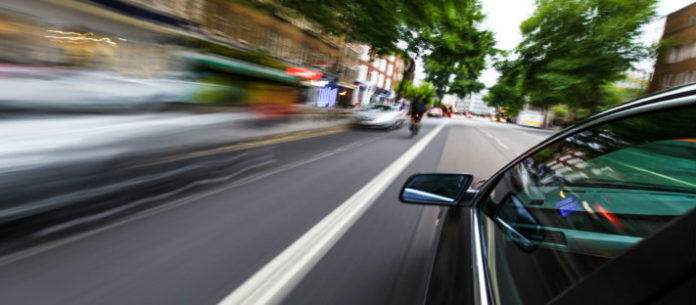According to the Department for Transport’s latest analysis, there were over three and a half thousand casualty-causing road accidents across the Greater Manchester region in 2018.
With a population of about 2.8 million, this means that there’s roughly a 0.1% chance that you could be involved in an accident if you drive around Greater Manchester. The risk will only increase the more you drive, so even if you practice safe driving, you should learn a bit about how to keep safe on Mancunian roads.
The A6 tallies as the worst road for collisions in Greater Manchester. Commonly used by those commuting between Manchester and Bolton or Stockport, it saw 115 accidents that caused injuries or fatalities in 2018. The A56 was the second worst, spanning from Bury to Manchester city centre, with 105 incidents in which at least one person was injured. After this, the A58, A57 and M60 incurred the most incidents.
If you know much about road safety, these statistics may surprise you as they at first appear to contradict with the fact that motorways and main roads tend to be safer than other roads — as claimed by many, including the head of road safety at the AA. This is actually still the case in Manchester, with 2,949 out of 3,762 incidents occurring on a road with a 30mph speed limit: it’s just that the A and M roads are more highly trafficked, which leads to higher incidents even if they’re at a lower rate.
Regardless, you should be aware of the dangers involved on those specific roads and be extra vigilant and risk-averse when you use them. 10 fatalities were recorded for the aforesaid roads in 2018, so if you use them regularly it is definitely worth brushing up on the basics of road safety — after all, it’s better to be safe, than sorry. Tuesday was also statistically deemed to be the most dangerous day to drive. The reasons for this are unclear, but experts suggest that it could just be an anomaly. Although it is unreasonable to expect commuters to minimise driving, specifically on Tuesday, you should still follow the recommendation above and practice additional caution on those days.
However, if worst comes to worst, you should be aware of what to do after an accident. Stop the car as soon as possible, turn off the engine and switch the hazard lights on. You should then check for any injuries and call the police if anybody is hurt, if the road is blocked, if the other driver leaves the scene without giving details, or if you think the other driver was on drugs (including alcohol), or did it deliberately. You may want to speak to a local legal company like Aston Knight Solicitors to find out if you could be due any compensation. This is especially recommended if you have suffered from whiplash due to the incident.
You will also need to claim on your insurance, or at least inform your insurance company if you don’t want to spoil your no-claims discount. It is advisable to record the make, model, colour and registration of the vehicles involved in the accident, as well as the date and time. If possible, you should film a video of the scene so you can retrospectively ascertain the driving conditions, etc. Hopefully you won’t need to use it, but it helps to keep a checklist of your next steps in your car in case of an accident, as chances are you will be very shaken and potentially unable to think straight. However, the best way to minimise the likelihood that you will be in an accident is by staying vigilant and driving safely… especially on Tuesdays!







